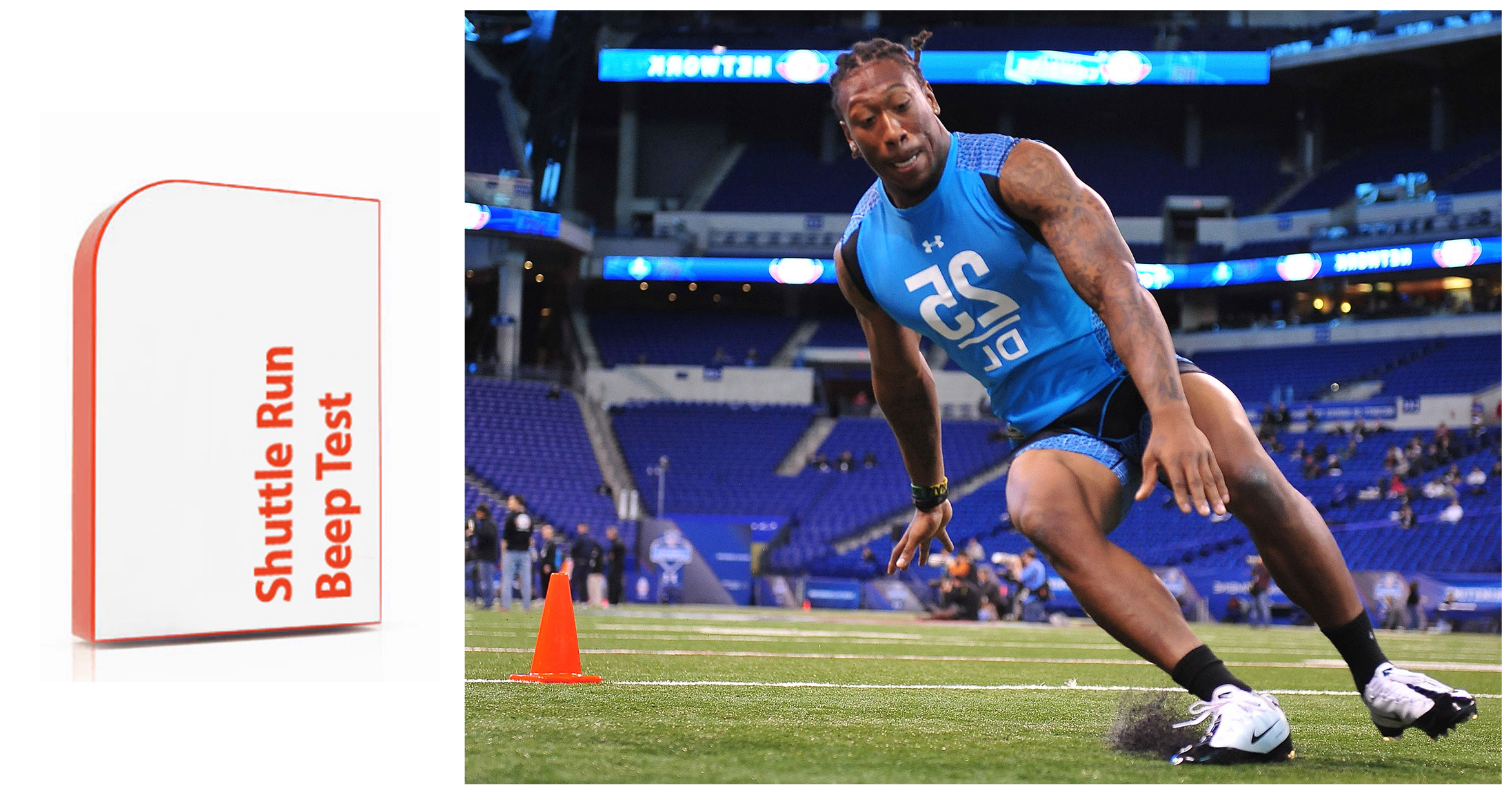

Verschuren O, Bloemen M, Kruitwagen C, Takken T.Reliability and validity of data for 2 newly Verschuren O, Takken T, Ketelaar M, et al.Also, a beep type test for testing aerobic capacity in children with CP is a better alternative to treadmill protocols are often used in clinical practice, as most children with CP have problems with movement coordination and an equinus position of the foot, and the increasing speed and inclining floor of treadmill tests are problematic. The score attained, and the scoring can be subjective.Īdvantages: The standard 20m beep test is not suitable for many children, particularly if they have a disability, because the starting speed of 8 km/h and increase every minute are beyond their capabilities. Validity: High correlations were found for the relationship between data for both shuttle run tests and data for the treadmill test (both r = 0.96).ĭisadvantages: As with all beep type tests, practice and motivation levels can influence Reliability: The test has good test-retest reliability for exercise time (ICC coefficients of 0.97 for the SRT-I and 0.99 for the SRT-II) and reliability for peak heart rate attained during the final level (ICC coefficients of 0.87 for the SRT-I and 0.94 for the SRT-II). Target population: children with cerebral palsy (CP) This heart rate can be used to check whether a person has performed maximally (heart rate > 180 bpm). The heart rate is read from the wrist monitor at the end of the test and noted. Of shuttles (10m) reached before they were unable to keep up with Scoring: The athlete's score is the level and number See also the similar 10m Incremental Shuttle Walk Test (ISWT) The speed increases by 0.25 km/h every level (minute) for both tests. The Level II shuttle run test (SRT-II) is for children classified at GMFCS Level 2 (ie, able to walk indoors and outdoors with restrictions). The Level I shuttle run test (SRT-I) is for children classified at GMFCS Level 1 (ie, able to walk indoors and outdoors without restrictions). Variations: There are separate protocols for children at each CP GMFCS level (SRT-1 and SRT-2). The test continues until the subject is unable to keep in sync with the recording. Children walk or run between the two markers at incremental speeds, in time to the pre-recorded cd. Procedure: participants should wear regular sports clothing and shoes, and orthoses if applicable, and also wear a heart rate monitor. Test layout: The cones are placed 10 meters apart, with cones and tape marking the end points. Ensure that the participants are adequately warmed-up. Prepare forms and record basic information such as age, height, body weight, gender, test conditions. Perform screening of health risks and obtain informed consent.

Pre-test: Explain the test procedures to the subject. For example, known asthmatics should be encouraged to take medication before exercise simple measurements of lung function such as the peak expiratory flow rate should be made before and after exercise and a B 2 agonist inhaler available if required.Equipment required: Flat, non-slip surface, markingĬones, 10m measuring tape, heart rate monitor, pre-recorded CD (can be created using the team beep test software) Furthermore, physical education teachers should take basic precautions when using this test. This study has demonstrated the potential of the twenty-metre shuttle-running test to provoke exercise induced-asthma, and may therefore be a useful clinical test to assess for exercise-induced asthma when an estimate of VO 2 max would also be helpful. and −25♶%) two had previously experienced occasional chest tightness or wheeze with exercise (−16♵ and −13♲% fall FEV 1) but four were asymptomatic, with no previous asthmatic symptoms (−20♰, −18 Exercise-induced asthma was documented in eight pupils (11%) two were known asthmatics who, despite taking pre-exercise B 2 agonist treatment, had sharp falls in FEV 1 (−25♴. The pupils achieved 73☑9 shuttles (mean±SD) giving a VO 2 max of 47♰±5♳ m1 kg −1 min −1. Measurements of the forced expiratory volume in one second (FEV 1) were made at rest and 10 min after the twenty-metre shuttle-running test exercise-induced asthma was defined as greater than a 10% fall in FEV 1 after exercise.

The present study assessed the potential for this test to provoke exercise-induced asthma in 73 schoolboys, aged 15–16 years. This field test requires little equipment or expertise, can be performed simultaneously by several subjects, and is widely used in physical education lessons. A maximal multistage ‘twenty-metre shuttle-running test' has already been developed to estimate maximaloxygen uptake (VO 2 max).


 0 kommentar(er)
0 kommentar(er)
